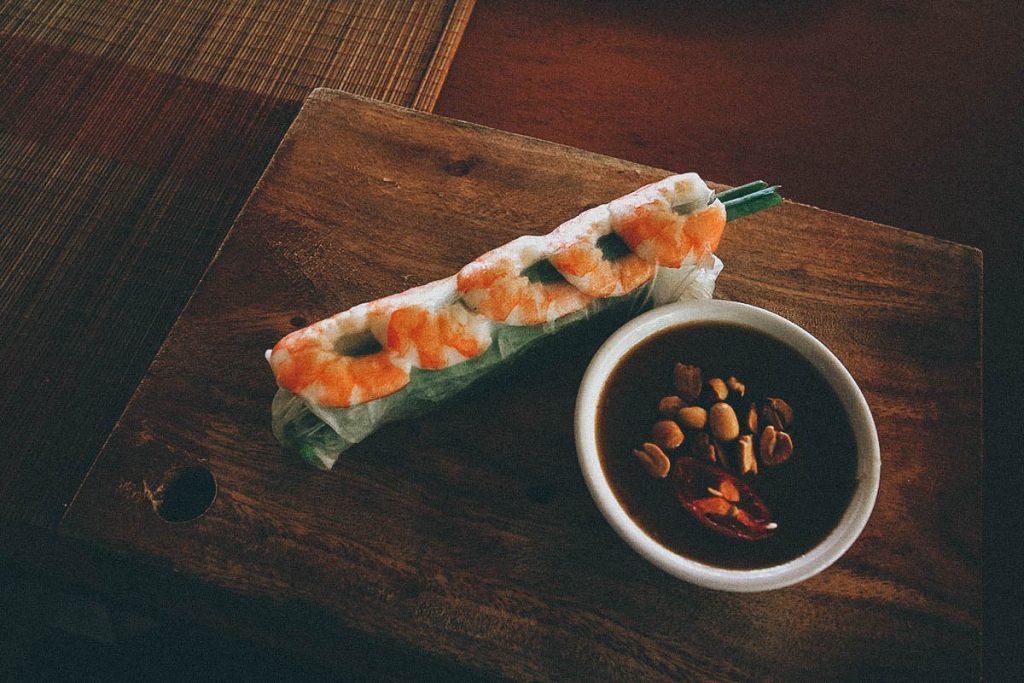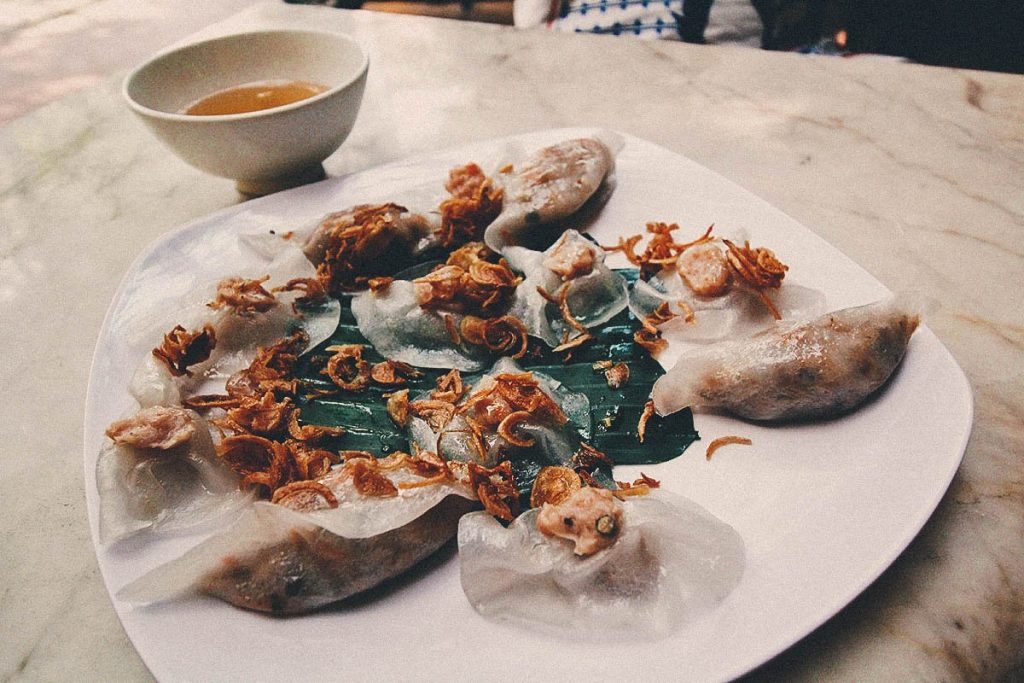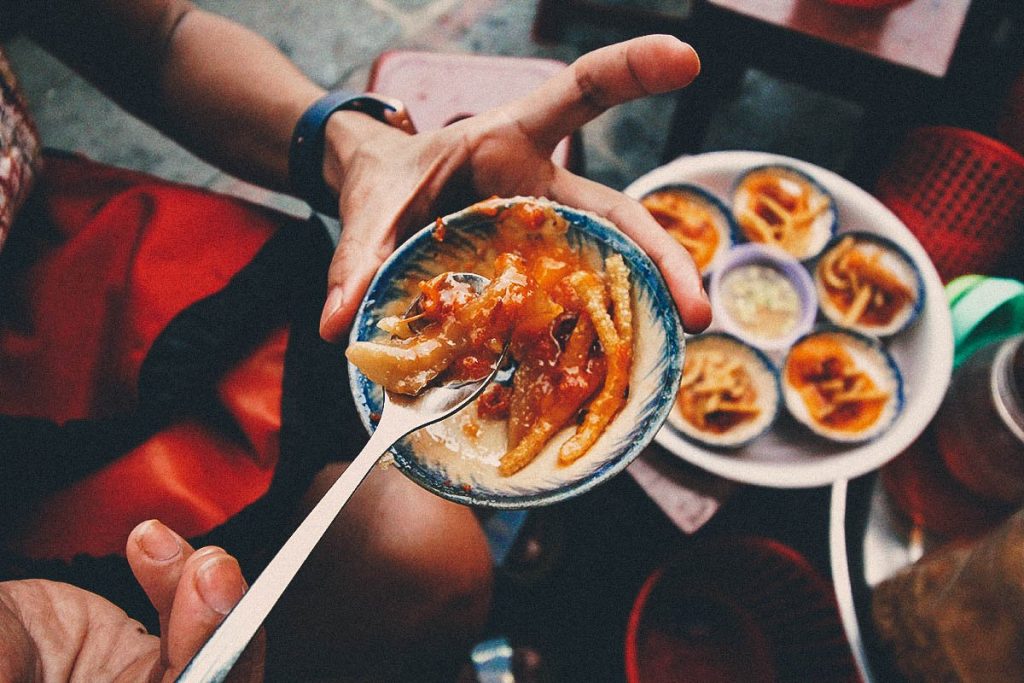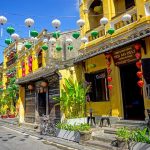What to do in Hoi An Travel Guide
Hoi An at a glance
Hoi An is a city in Quảng Nam Province in Central Vietnam. It’s a UNESCO World Heritage Site that was one of the most heavily-frequented trading ports in Southeast Asia from the 17th to the 18th centuries. During that time, many foreign merchants lived in Hoi An, mostly Chinese and Japanese then later Europeans, creating a unique fusion of cultures that can’t be seen anywhere else in Vietnam. The name Hoi An translates to “peaceful meeting place”. Here are some guides to Hoi An for the first time you come here.
Hoi An’s prominence as a trading port fell sharply at the end of the 18th century. This was due in part to the silting up of the Thu Bon River as well as the rise of nearby Da Nang as the new center of trade in Central Vietnam. Fading into a forgotten backwater, Hoi An has been left largely untouched by the changes to Vietnam over the next 200 years.
Today, Hoi An is a well-preserved community of merchant houses, temples, and ancient tea warehouses that harken back to its days of prominence as a trading port. It’s become one of Vietnam’s most popular and beloved tourist destinations.
Best time to visit
Unlike Northern Vietnam which sees climate changes akin to the four seasons, Hoi An truly has just two seasons – dry (Feb-Aug) and wet (Sept-Jan). It stays warm throughout the year with an average temperature of about 29°C (84°F).
DRY SEASON: Hoi An’s dry season is from February to August. It’s hottest from June to August when the mercury is known to reach 35°C (95°F). February to May is the best time to visit Hoi An. It’s the driest time of the year, humidity is low, and temperatures are relatively mild.
WET SEASON: The rainy season in Hoi An is from September until January. Heavy showers are frequent which may come with typhoons and flooding. This isn’t the best time to visit Hoi An.
We went in late April and the weather was great. Like any Southeast Asian city, it would get hot during the day but it wasn’t intolerable. It didn’t rain once and I don’t remember it being too humid either. Based on weather averages and our own personal experience, February to April seems like the best time to visit Hoi An.
Just be mindful of the Tet holiday (Vietnamese New Year) which happens sometime between the end of January and early February. Many establishments will be closed during that time and accommodations will be at their most expensive.
How to get there
We flew in to Da Nang International Airport from Hanoi and arranged for private transfer to our hotel in Hoi An. It’s about 45 minutes by car from Da Nang to Hoi An. Assuming you’ll be arriving via Da Nang as well, then you can get to Hoi An either by by car, taxi, or bus.
BY PRIVATE TRANSFER: We arrived in Da Nang at night so we arranged for a private transfer through our hotel. We paid VND 300,000 each way. If you can, then I suggest making similar arrangements with your hotel.
BY TAXI: Based on my research, it should cost you anywhere between VND 300,000-400,000 to get to Hoi An from Da Nang Airport via taxi. Going by taxi is fine, but you’ll probably pay less if you arrange for a private transfer through your hotel.
BY SHUTTLE: I read that there’s a shuttle bus which takes you from the airport to Hoi An for USD 5. It leaves every hour from 5AM-11PM. There doesn’t seem to be much information about it online, so I suggest asking airport personnel about the shuttle bus when you arrive in Da Nang.
BY BUS: The cheapest way to get to Hoi An from Da Nang is by public bus. It costs VND 25,000 (about USD 1) each way. However, it doesn’t stop at Da Nang Airport so you’ll need to take a taxi first to Da Nang central bus station. From there, buses leave every 20 minutes from 5:30AM until 6PM. It will make several stops and get you in to Hoi An in about 70-80 minutes.
Where to exchange currency
The best places to exchange currency in Vietnam are at banks and gold/jewelry shops. We exchanged currency at a gold shop in Hanoi and at a bank in Saigon and rates from both were excellent. In Hoi An, I read that gold/jewelry shops are slightly better than banks. We didn’t have to exchange any currency in Hoi An but I do recall seeing several gold shops around the Central Market with favorable rates. Just shop around and look for the best rate.
I’ve read that you can exchange currency at hotels and some restaurants too, but the rates generally aren’t good or they charge you an additional fee for the service. Same goes for the airport. If you’ll be arriving at Da Nang International Airport and need to exchange currency, then change a small amount there, just enough to get you to your hotel, and change the rest in Hoi An.
Alternatively, you can also withdraw VND from an ATM. The rates are competitive. Just be sure to advise your bank you’ll be using your ATM card overseas so you don’t run into any problems. In my experience, my ATM card works in some machines but not in others.
Where to do and what to eat
1. Be Enchanted by Hoi An’s Ancient Town
Hoi An Ancient Town is stunning. It’s beautiful during the day with its rows of preserved shophouses and dangling paper lanterns. Walking down its streets, you feel like you’re in 17th century Vietnam. But at night, when the lanterns are lit up and the streets come alive with people, it feels almost like a dream. When we were there the first night, we could tell exactly which tourists had just arrived in Hoi An. They had the same awestruck look on their faces as we did.
Hoi An, at any time of the day, is one of the most beautiful towns we’ve been to in Southeast Asia. As described, most tourists to Vietnam spend the majority of their time here. Spend one day in Hoi An and you’ll understand why. Check out my post on Hoi An Ancient Town for more pictures and information.

Please be advised that you’ll need a ticket to enter some attractions like the Japanese Bridge and Phuoc Kien Assembly Hall. The Ancient Town entrance ticket costs VND 120,000 and includes 5 passes that you can use at any of the 22 sightseeing attractions in town.
2. Channel Your Inner Luke Nguyen and Take a Vietnamese Cooking Class
Before our trip to Vietnam, my knowledge of Vietnamese food was limited. Outside of phở and bánh mì, pretty much all I knew was what I saw on the Vietnamese episodes of Chef Luke Nguyen’s show, Street Food Asia. With Ren being a terrific cook, it made sense for us to take a cooking class which is one of the most popular things to do in Hoi An. We had a blast learning how to make Vietnamese favorites like gỏi cuốn, phố bo hà nội, and bánh xèo. It was one of the most fun things we did in our two weeks in the country.

Length of Class: Around 5-6 hrs / Cost: USD 34 per person
3. Take a Day Trip to My Son Sanctuary
According to our guide Turtle, My Son Sanctuary is the most popular tourist attraction in Hoi An. It’s a Hindu sanctuary dedicated to the worship of Shiva. Often referred to as a “mini Angkor Wat”, it’s a UNESCO World Heritage Site that was built by the Cham people of Vietnam between the 4th and 14th centuries. If you enjoy visiting temples and ancient ruins, then My Son Sanctuary makes for an interesting day trip from Hoi An.

Length of Tour: At least 6 hrs / Cost: USD 20 per person (group tour)
4. Take a Day Trip to the Imperial City of Huế
About 3 hours by car from Hoi An is the imperial city of Huế. This city served as the seat of the Nguyen Dynasty and Vietnam’s capital from 1802–1945. The Nguyen Dynasty was the last ruling family in Vietnam before transitioning to a communist government under Ho Chi Minh.

We didn’t have time to visit Huế this time around, but we definitely will on our next trip to Vietnam. Aside from being Vietnam’s seat of power for well over a century, the region also features highly decorative food which is a vestige of ancient Vietnamese royal cuisine. We want to spend a few days there to really explore the cuisine, but if you’re interested in getting just a taste of Huế, then you can do so on a private tour from Hoi An. FocusAsia Travel offers private tours to Huế for USD 72 and USD 46 respectively. I believe the FocusAsia Travel tour includes a stop at the famed Marble Mountains as well.
Length of Tour: Full Day / Cost: Starts at USD 46 per person
5. Have a Suit or Dress Custom-Tailored in 24 Hours

One of the most popular things to do in Hoi An is to get a dress or suit custom-tailored. The tailoring tradition goes back many generations in Hoi An, so you’ll find hundreds of tailor shops in town that can produce exact replicas of what you want in 24-48 hours. Unfortunately, I’ve read that not all tailors are honest.
The ultimate Vietnamese food guide
Vietnamese food won me over. I wasn’t the biggest fan before our trip, but after spending two weeks exploring over fifty different dishes across the country, I left Vietnam with a newfound fascination and respect for the cuisine.
Vietnamese food is all about balance. It aims to achieve harmony in different aspects of cooking like taste, nutrients, and presentation. Fried foods are tempered with fresh greens, warm pork with cold vermicelli, soft noodles with crunchy vegetables. Phở and bánh mì may be the most popular dishes, but you’ll see after reading our Vietnamese Food Guide that the cuisine has so much more to offer than that. From bánh cuốn in Hanoi to cao lầu in Hoi An to cơm tấm in Ho Chi Minh City, you’ll be pleased to find that Vietnamese food is every bit as diverse as its landscape.
Where to eat in Hoi An
9 Must-Try Vietnamese Restaurants & Street Food Stalls
While the link above takes you to a general Vietnamese food guide, this one focuses on must-try Vietnamese restaurants and street food stalls in Hoi An. Ren consulted respected food blogs and crowd review websites to come up with a list of 9 must-eat places in Hoi An. From nationwide favorites like bánh mì and bánh xèo to Hoi An specialties like cao lầu and White Rose Dumplings, this list will show you where to find some of the best places to eat in this town.
Of all the cities we visited in Vietnam, I enjoyed the food in Hoi An the most. The food was delicious throughout the country, but for me, Central Vietnamese cuisine was the most interesting. Listed below this picture are 4 restaurants and street food stalls offering the tastiest specialties unique to the region.
1. Morning Glory Restaurant
Morning Glory Restaurant is owned by Ms. Trinh Diem Vy, a celebrity chef, restaurateur, and cookbook author. As mentioned earlier in this guide, cooking classes are a popular activity in Hoi An and Chef Vy is credited for pioneering the cooking course that launched all Hoi An cooking schools. Morning Glory Restaurant is in the heart of the Ancient Town and serves many local favorites like cao lầu and mì quảng. It’s a little pricier than the other restaurants on our list but worth it.

Pictured below is a delicious bowl of cao lầu which is probably the single most important Hoi An dish. Made with water sourced from a local well, it’s a dish of rice flour noodles topped with cha siu pork, fresh greens, herbs, rice crackers, and fried pork rinds. If you were to have just one dish in Hoi An, then this should be it.
Expect to Pay: Around VND 110,000 per person
2. White Rose Restaurant
This restaurant is a Hoi An institution. They’ve been open for three generations and are famous for a dish called White Rose Dumplings. Known locally as banh bao banh vac, these flower-shaped dumplings are made with translucent white dough filled with spiced minced shrimp or pork. They’re topped with crispy fried shallots and served with a special dipping sauce made with shrimp broth, chilies, lemon, and sugar. Like cao lầu and mì quảng, white rose dumplings are unique to the region and a must-try in Hoi An.

You’ll find many restaurants and street food vendors selling White Rose Dumplings in Hoi An. The recipe is a well-guarded family secret so most of the dumplings you see in town are supplied by White Rose Restaurant. Aside from these dumplings, the restaurant serves just one other dish – crispy wontons.
Expect to Pay: VND 70,000 per order of white rose dumplings
3. Ong Hai (Mr. Hai Restaurant)
If Morning Glory Restaurant feels a little touristy or pricey, then perhaps you’d prefer this place. Frequented mostly by locals, Ong Hai is a much simpler venue with plastic chairs and stainless steel tables. They specialize in cao lầu and mì quảng, which is an equally popular rice noodle dish that originated in Da Nang.

Unlike cao lầu that’s made with hardly any broth, mì quảng (pictured below) is a slightly soupier dish made with a concentrated broth and a wider type of rice noodle. It’s topped with pork, shrimp, or chicken and a host of other ingredients like hard-boiled egg, peanuts, rice cracker, and fresh herbs. Like cao lầu, mì quảng is a core Quảng Nam Province dish. Equally delicious, I couldn’t decide which one I liked better. Just try both.
Expect to Pay: Around VND 35,000 per bowl of mi quang
4. Aunt Bay’s Banh Beo
Banh beo or “water fern cake” is an interesting dish originally from Huế. It refers to a variety of small steamed rice cakes topped with savory ingredients like dried or fresh shrimp, scallions, roasted peanuts, mung bean paste, fried shallots, and fish sauce. If you’re familiar with Singaporean food, then you may find these to be similar to chwee kueh. They’re delicious and loaded with umami.

Banh beo is sold mainly as a street food. There are many well-known banh beo vendors in Hoi An, but one of the most famous is Aunt Bay. You can find her outdoor setup at the corner of the old wall on Hoàng Văn Thụ Street after 3PM everyday.
Expect to Pay: VND 15,000 per order of banh beo (3 small plates)
























